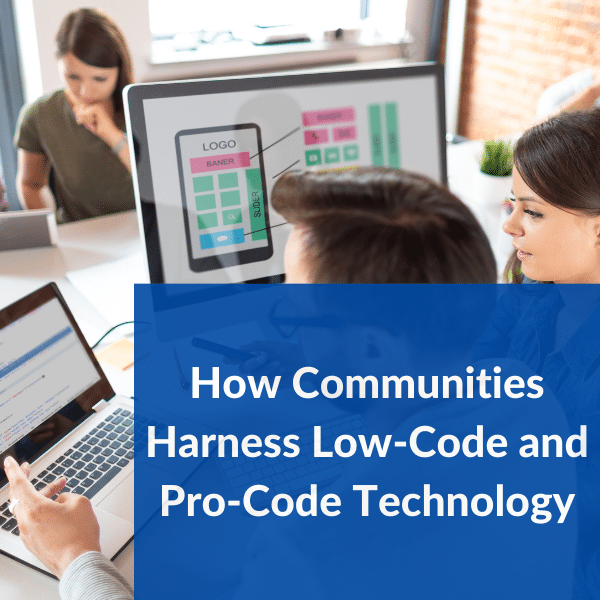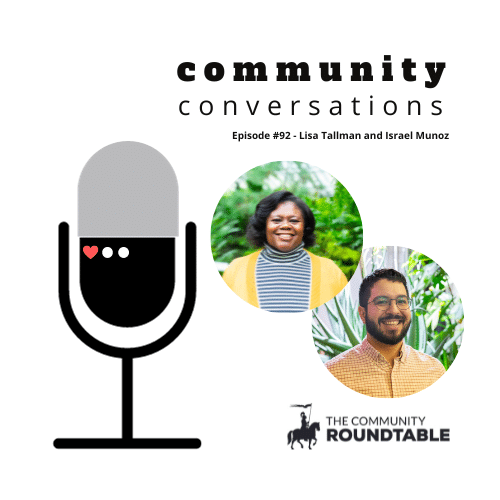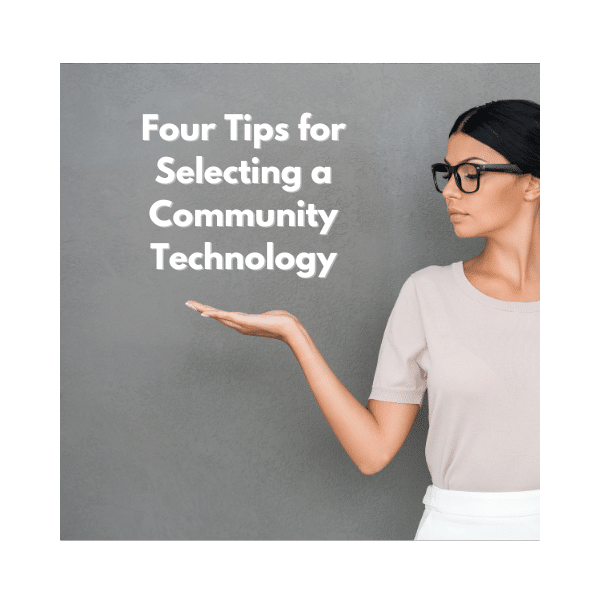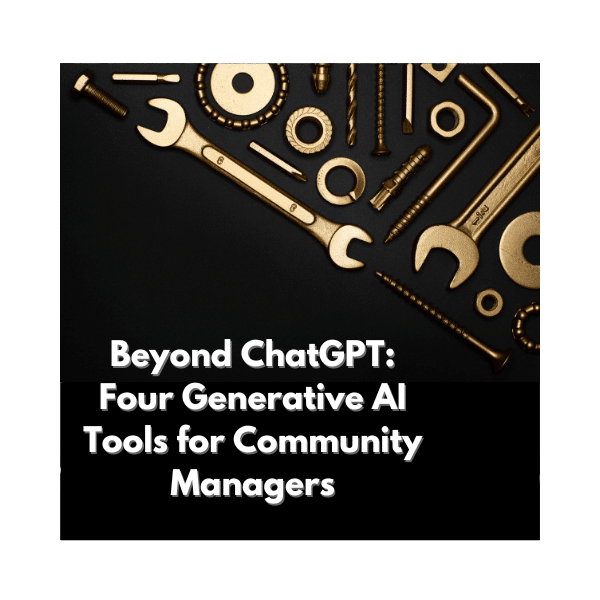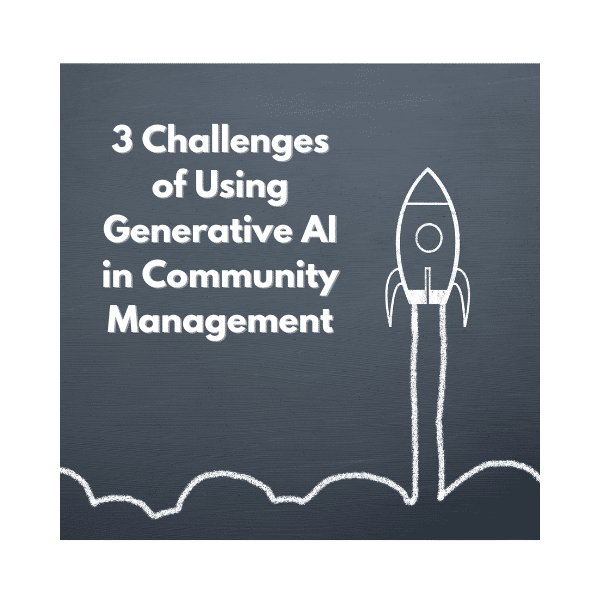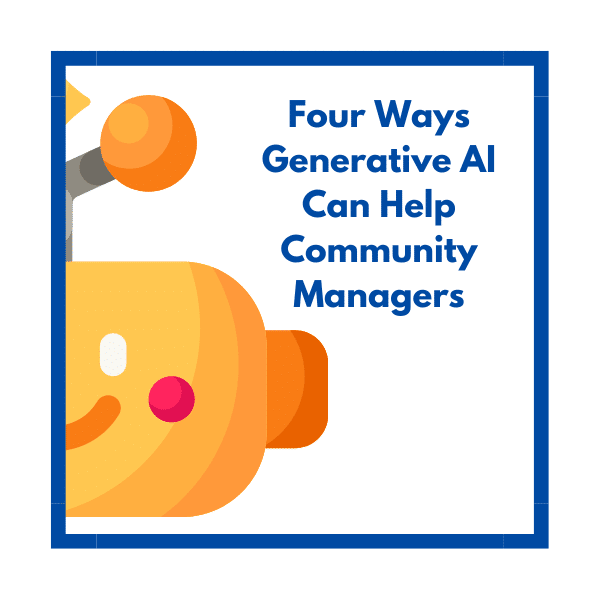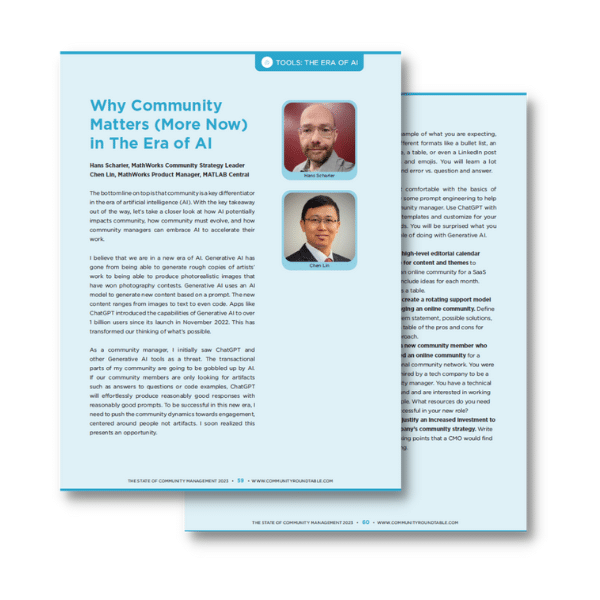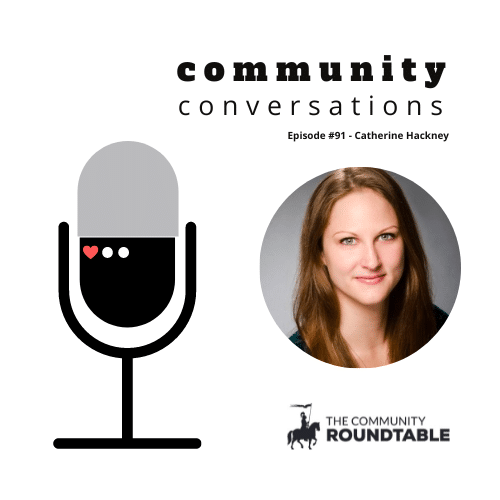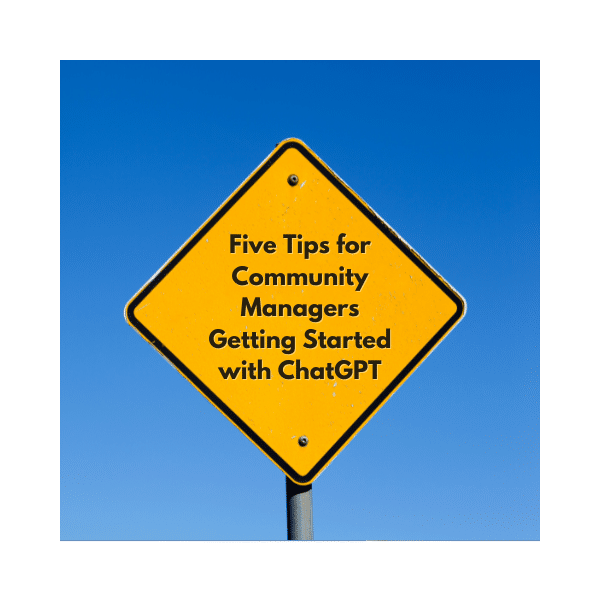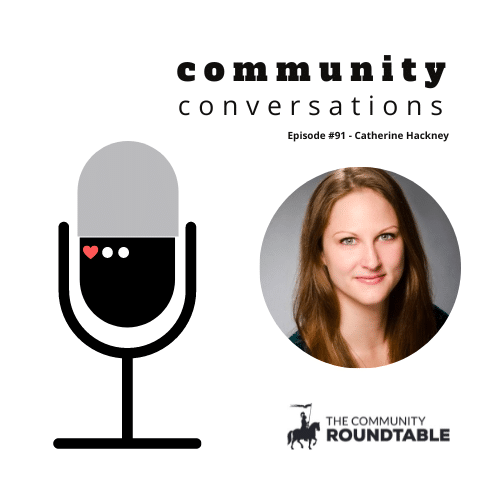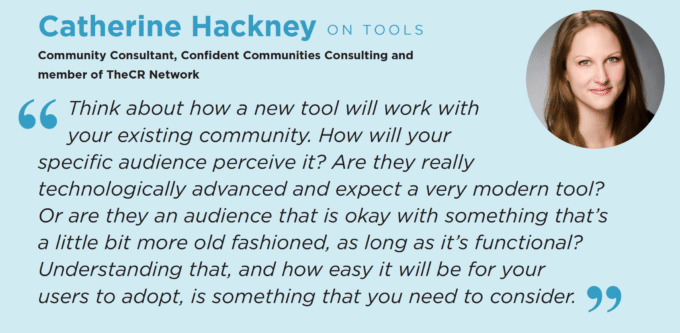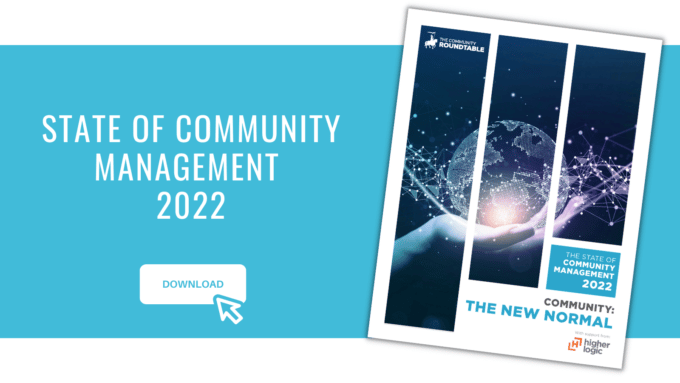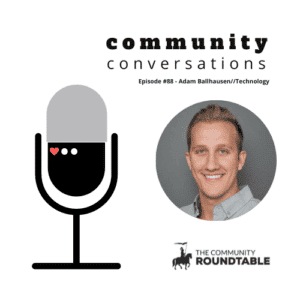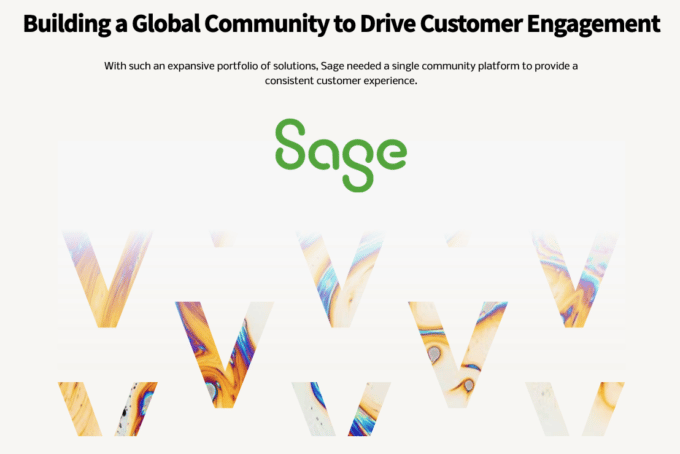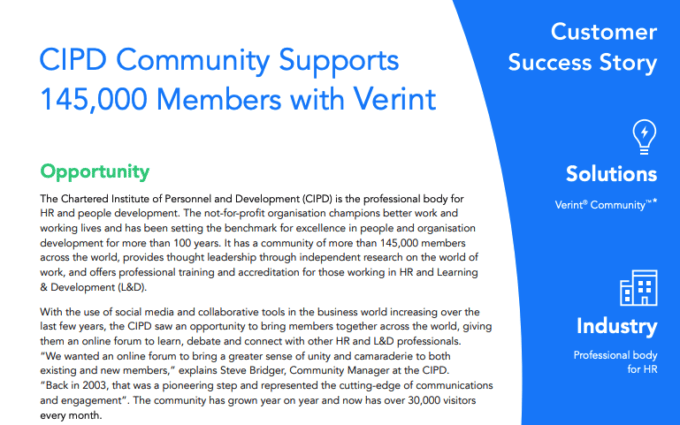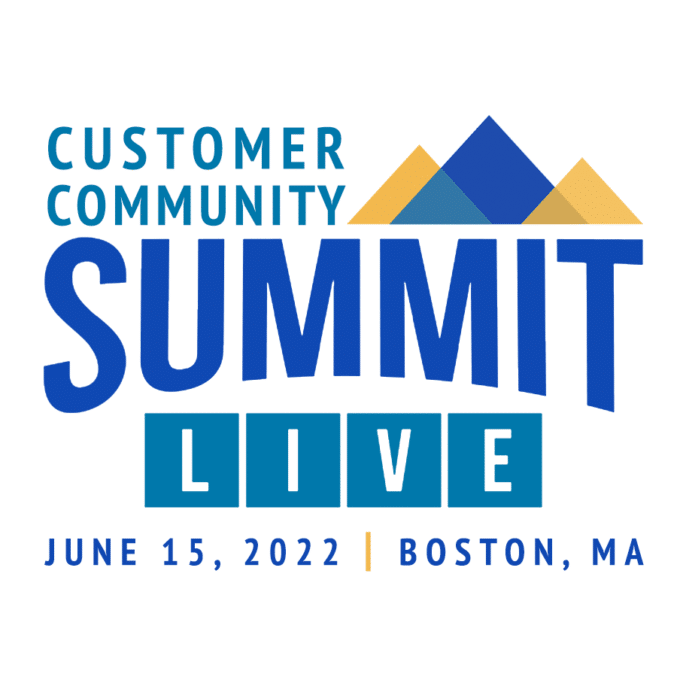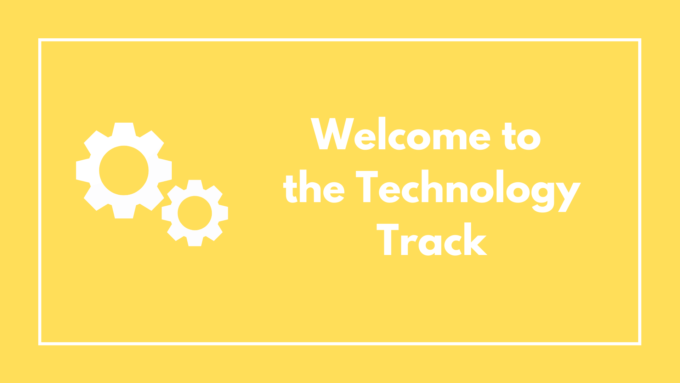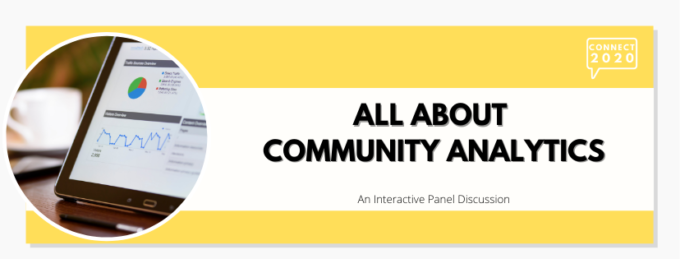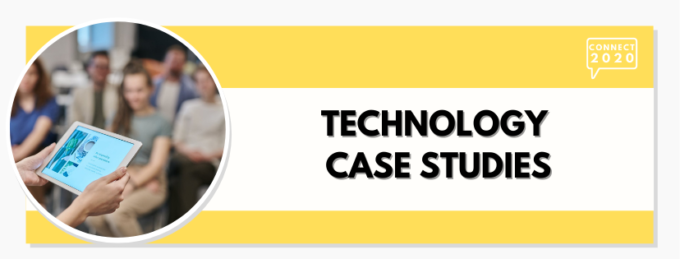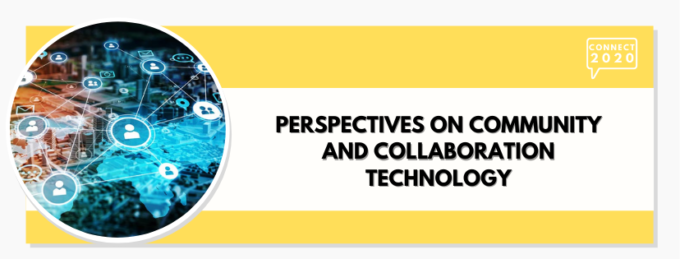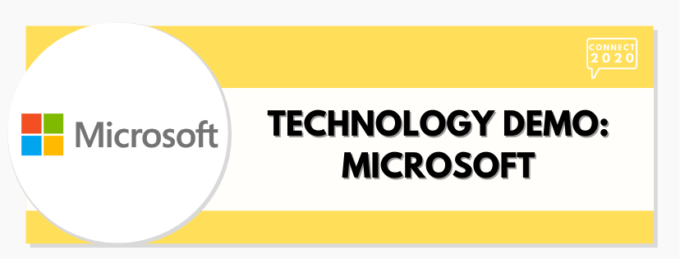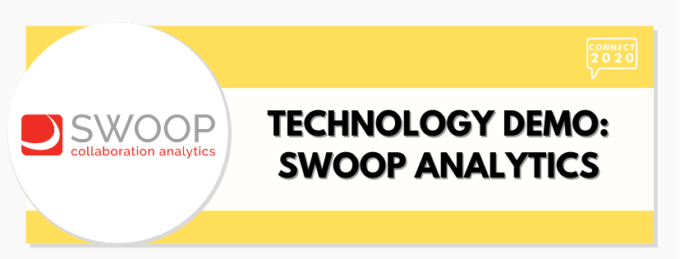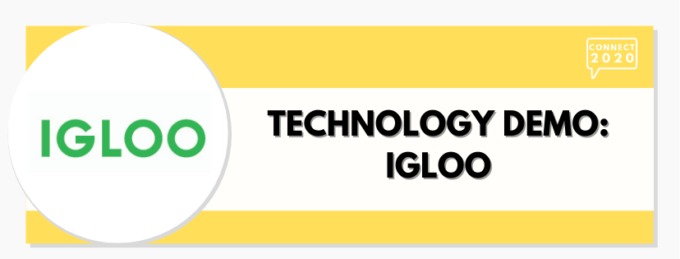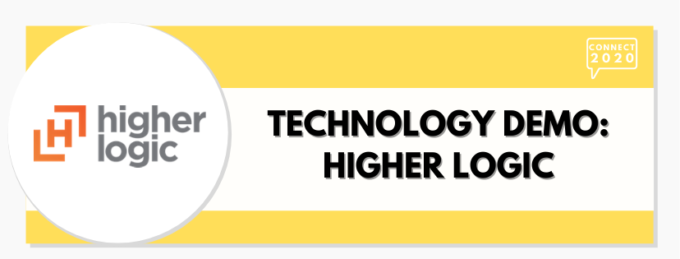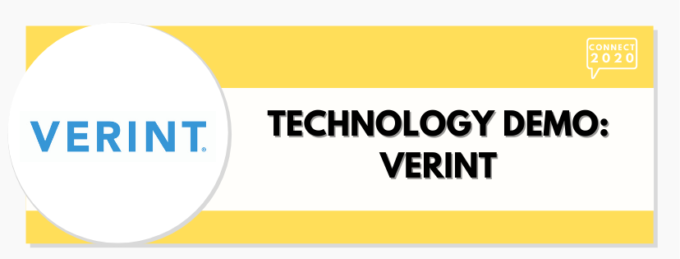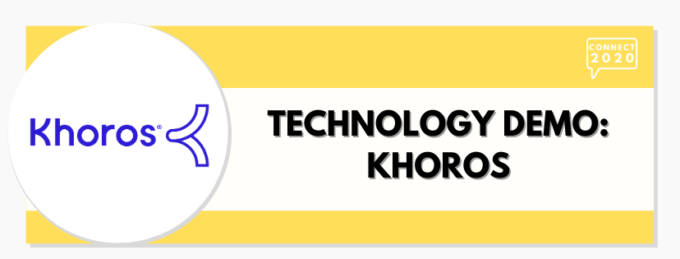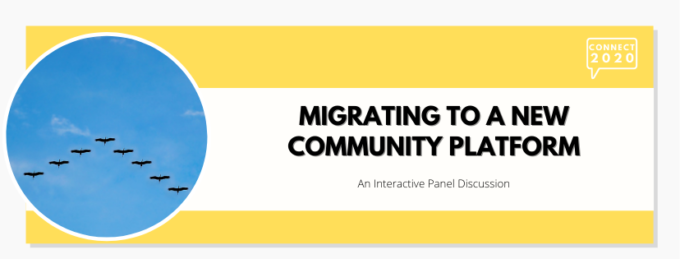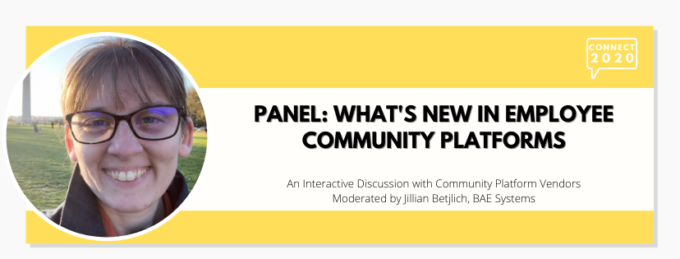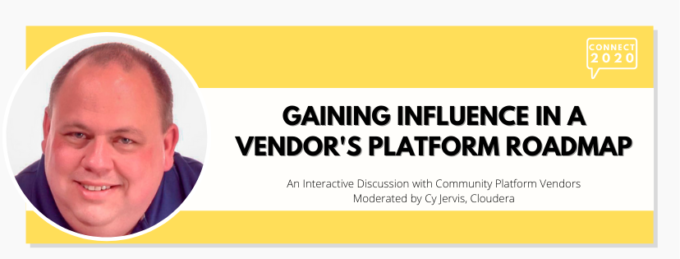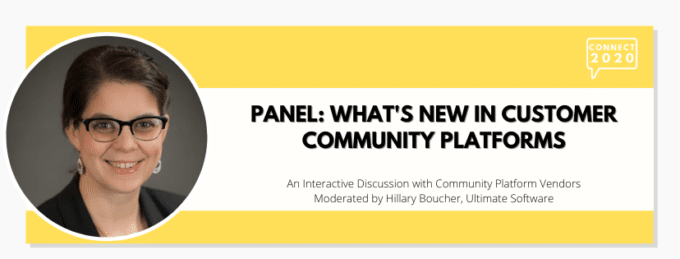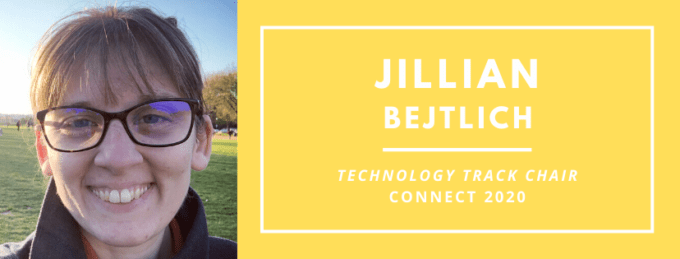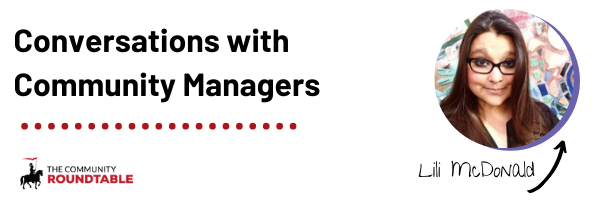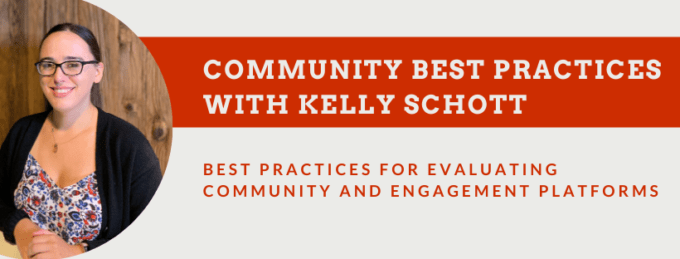One of the biggest use cases for generative AI for community managers is help generating new content and copywriting. We think generative AI is a great tool for outlining, drafting, and researching content projects but IT IS NOT a substitute for thoughtful, people-generated content for your communities.
Since ChatGPT blazed onto the scene in November 2022 they’ve been the biggest generative AI name community managers have been discussing. But, ChatGPT isn’t the only (or even best) option for a lot of the content-related uses community managers have for generative AI capabilities. Google’s Bard is the other big name in general generative AI right now, but of course this is constantly changing.
Here’s a quick rundown of four generative AI tools for community managers working on content/copywriting projects:
Four Generative AI Tools for Community Managers
- Jasper is a popular AI content and copywriting tool that uses GPT-3 to generate high-quality, human-like copy. Jasper, like most of these tools, can create a variety of content, including blog posts, ad copy, and social media posts. Jasper AI copywriting tool
- Writesonic is another popular AI content and copywriting tool that uses GPT-3 to generate high-quality copy. They focus on writing factual and hyper-personalized content that maintains your brand voice and is SEO-optimized with your chosen keywords. Writesonic AI copywriting tool
- Anyword is an AI content and copywriting tool that focuses on AI performance writing for marketing teams. And stands out for it’s ability to write optimized copy for search engine results pages (SERPs). The also have a Canva extension so you can generate copy during the design process. Anyword AI copywriting tool
- Grammarly is a well-known grammar checker that you might already use (we do!) We just learned that Grammarly also offers an AI copywriting tool that can used to improve the grammar, style, and clarity of your copy, in addition to generating copy in the your voice or the voice of your brand. Grammarly AI copywriting tool
Which Tool Should You Choose?
As always, the best generative AI tool for you and your community depends on your specific needs, preferences, and resources. Looking for a tool that can generate high-quality, human-like copy? Jasper or Writesonic are good options. Looking for a tool that can write copy optimized for SERPs? Anyword is a good option! And if you are looking for a tool that can help you improve the grammar, style, and clarity of your copy, then Grammarly is a good option.
We’d be remiss not to reiterate that any generative AI tool are not a replacement for human copywriters. They are a valuable source of ideas and inspiration, but shouldn’t be used as the sole content generation tool (learn more about the challenges of using generative AI here) in your toolbox. Ultimately, the best content for your community managers is still going to be written by human community managers. They are the ones who truly understand the nuances of your voice, tone and language, and the unique needs and requirements of your audiences.
Other Factors to To Consider
Here are some additional factors to consider when choosing a generative AI tool for content generation and copywriting:
- The type of content you need to create. Some tools create certain types of content better than others. For example, Jasper is a good choice for creating blog posts, while Writesonic is a good choice for creating ad copy.
- The price. Generative AI tools can range in price from free to hundreds of dollars per month. It is important to choose a tool that fits your budget.
- The ease of use. Some tools are more user-friendly than others. If you are not familiar with generative AI tools, it is important to choose a tool that is easy to learn and use.
More Community Technology Topics
- How Communities Harness Low-Code and Pro-Code Technology
- Building Mobile-First Communities
- Four Tips for Selecting a Community Technology
- Beyond ChatGPT: Four Generative AI Tools for Community Managers
- 3 Challenges of Using Generative AI in Community Management
- Four Ways Generative AI Can Help Community Managers
- Four AI Prompts for Community Managers
- Five Tips for Community Managers Getting Started with ChatGPT
- What is Generative AI and Why Does it Matter to Community Managers
- Catherine Hackney on Community Tools
